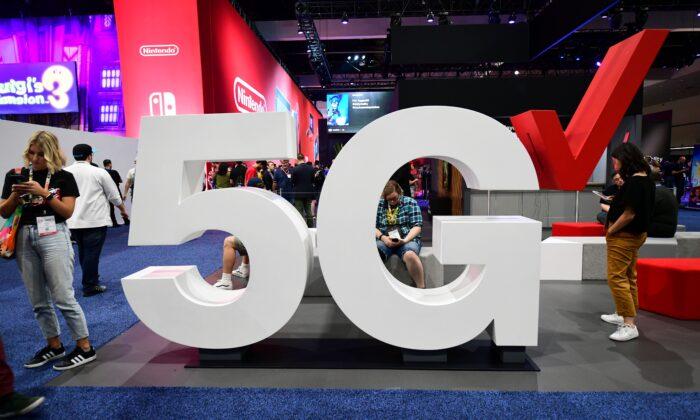News Analysis
Huawei’s dominance of rural America’s internet equipment market is threatened by the “Integrated Access Backhaul” (IAB) technology that will slash the cost for rural access.
On the 28
th day after his inauguration, President Obama signed the American Recovery and Reinvestment Act of 2009. In addition to spending $831 billion on economic stimulus, ARRA directed the Federal Communications Commission to establish the Broadband Technology Opportunities Program to award about
$4.5 billion in subsidies for rural and underserved community wireless and internet services.
AT&T, Verizon Wireless, T-Mobile, and Sprint as the largest U.S. wireless companies—with almost 450 million individual and business accounts—had been unwilling to lose tens of billions of dollars to supply high-speed rural wireless access without compensation.
The 55 carriers that serve up to 100,000 subscribers each and are represented by the
Rural Wireless Association, received
subsidies and spent most of the cash on deeply discounted networking gear from China’s Huawei and ZTE. As a result, about 25 percent of U.S. territory and 4 million Americans rely on Chinese networking hardware.
A 2012 report issued by the U.S. Congress
warned that Huawei and ZTE installed networking hardware represented a U.S. national security threat: “China has the means, opportunity, and motive to use telecommunications companies for malicious purposes.”
The Obama administration, despite the advice, continued the rural wireless services rollout, even after The Epoch Times
reported in September 2015 that malware that could “listen to calls, track users, and make online purchases was found pre-installed on smartphones from Chinese companies including Lenovo, Huawei, and Xiaomi.”
When the Trump administration moved to ban U.S. companies from purchasing Huawei equipment in 2018, they received a huge blowback from the Rural Wireless Association that
argued the President lacked the legal authority to force RWA members to suffer billions of dollars in losses to “rip-and-replace” the Huawei equipment. RWA has continued to argue that no major internet service provider will service rural customers.
But that appears to have changed with a keynote
speech at the 5G Transport & the Edge Conference by Glenn Wellbrock, director of architecture, design, and planning for Verizon’s optical transport network. He stated that America’s largest wireless company expects to add “Integrated Access Backhaul” technology to deploy Fifth Generation (5G) services more cheaply in locations where it has been cost-prohibitive to lay fiber optic cables.
Wellbrock stated that the “3rd Generation Partnership Project” (3GPP), the organization that negotiates global telecommunications standards, approved the deployment of IAB so network providers can link a 5G tower connected with a fiber optic cable to a non-connected tower through a wireless connection. As a result, 5G wireless packet traffic will be able to talk to connected and non-connected towers.
Verizon spent $16 billion in the last three years laying
1,400 miles of fiber lines a month to serve as the backbone in support of its 2020 roll-out of 5G services in dozens of cities. But using IAB could slash deployment costs and free up funds to profitably service new customers in rural and underserved communities.
Wellbrock stated that most network equipment vendors are now planning to support IAB technology. He estimates that
up to 20 percent of Verizon’s 5G networks will eventually be serviced by IAB sites, once the technology is widely available.
Chriss Street is an expert in macroeconomics, technology, and national security. He has served as CEO of several companies and is an active writer with more than 1,500 publications. He also regularly provides strategy lectures to graduate students at top Southern California universities.






Friends Read Free